Product Verification : Product NVH Analysis
Course Structure Description
• This is an advance course designed for existing and new users.
• Learn core noise, vibration and harshness relevant to the automotive industry.
• The vehicle automotive NVH course includes understanding of topics like the basics of automotive engineering, load path, noise versus sound and more.
• Basic NVH analysis- normal mode frequency responses, random vibration with PSD input, point mobility, acoustic, sound pressure levels, sound Intensity and sound power are also included.
• Acoustics, Vibro acoustic analysis, its application and modelling techniques.
• In pre-processing tool- topics are meshing guidelines, quality checks, material properties and more.
• Software training on NASTRAN and SYSNOSE.
• Various industry practice overview, U.S. and Europe- regulatory requirements on NVH is included.
• Later part of the course structure covers problem definition, formulation, modelling, deck preparation and simulation
.
Target Audience
• Students at early stage of engineering analysis career.
• Students from engineering disciplines like- Mechanical, Automotive, Industrial and Production.
• Third year students from above profession can also go for this course.
| Course Structure | |
|---|---|
1. Automotive / Aeronautics / Industry Equip Basics
|
|
Placement Companies        |
|
